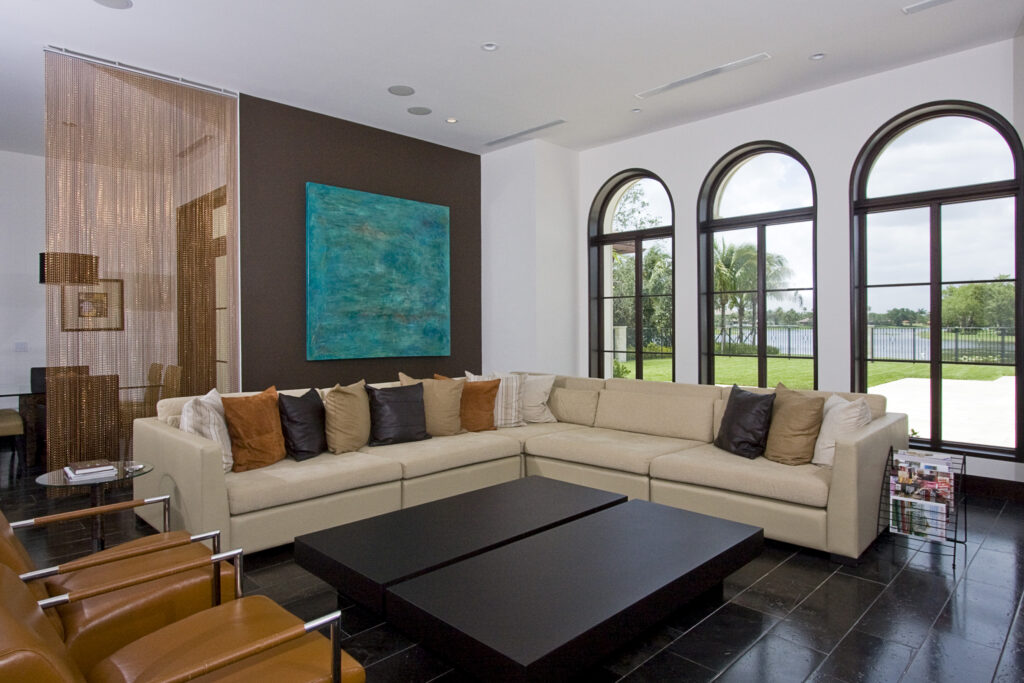
Painting and Decorating

Living Room Decorating
Living Room Decorating Ideas
Living Room Paint Colors
Modern Living Room Decor
Living Room Decorating Tips
Decorating Small Living RoomsBedroom Decorating
Bathroom Decorating
Home Decorating
Dining Room Decorating
Interior Decorating
Modern Decorating
Room Decorating
Wall Decorating
Nursery Decorating
Decorating Tips
House Decorating
Kids Decorating
Baby Decorating
Decorating Ideas
Garden Decorating
Country Decorating
Painting Decorating
Wedding Decorating
Christmas Decorating
Here are the tips you need to turn the house you have into the home you want. With these suggestions you will soon have the inspiration you need to confidently take on your redecoration dreams.

Colours
Look around. Ask yourself why you like what you like. Look for ideas in other people’s homes, magazines, and shops. Begin with any elements you don’t wish to change, such as the furnishing, fabrics. For exteriors consider how your home fits in with the surrounding homes, and how will blend in with the rest of your street. Will you be complementing your garden colours or blending in with them. Take into account the colours of plants and flowers, and use these as a springboard. Painting your home either dark or light will dramatically alter its perceived size and shape. A house will appear smaller painted in dark. A house that has a dark roof and light walls will appear to be shorter. Your roof is an important consideration, because of its size. When painting the walls and exterior trim, such as doors, windows, columns and other components, choose a scheme that will complement the colour you have picked for the roof. Finally if you live in a mainly hot area, consider using light colours for your roof to reflect heat. Then use paint retailer Colour Chips to help you choose colours and shades. Remember, colours appear lighter in small patches. The sunlight will make the colour range appear lighter than colour card. Ask your paint retailer for advice in selecting the best paint for your project.
Preparation
Preparation is first step, so take your time. The effort you put into preparing surfaces will result in a better finish. So correct preparation is as essential as choosing the right product. Sanding of previously painted surfaces (particularly enamels) before you start painting will ensure the topcoats have better adhesion and last longer. Different grades of sandpaper will give a different finish. Start with a coarse sandpaper and finish with a finer grade. Paint will not adhere well to powdery and greasy surfaces so give a good wash down with Liquid Sugar Soap in warm water. Surfaces must be clean and dry before painting.Painting
Before painting please read what it says on the can simple instruction are contained on the labels. Most mistakes are made by not reading the instructions. Good quality tools save time and give a better more professional result. Don’t buy cheap brushes. A quality new brush with good bristles holds more paint. This reduces spattering, which ensures better finish Old rollers are a waste of time If you are using a roller: Don’t put to much paint on it. Don’t roll to quickly or the paint will flick off. Good brushwork requires a crossing stroke. Hold the brush near the base applying light pressure. Dip only one third the length into the paint, and tap the brush against both sides of the can. Don’t wipe it across the top of the can. Water based paint is easier to apply if you soak the brush with water before you dip it in the paint. On hot or windy days you should work with two brushes, always leaving one to soak in water and changing brushes every thirty minutes.
Cleaning and disposal
Store all paints and tools out of reach of children Do not pour paints, strippers and other chemicals products down drains, or into gardens. Water based paints can be disposed of with household rubbish if they are dry. Check with your local council regarding collections.
Living Room Decorating Image Gallery




















